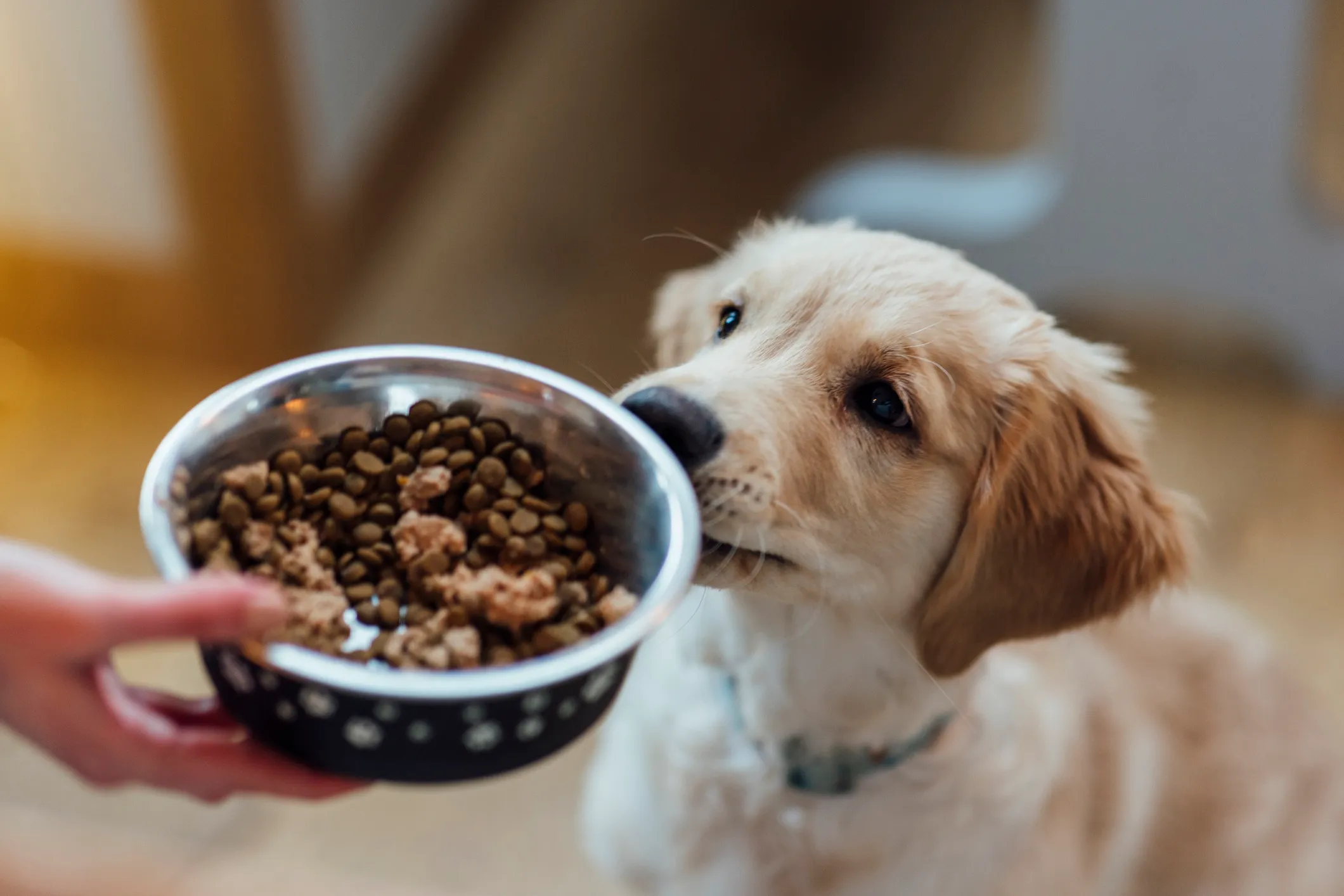ISO 6498:2012—Animal Feeding Stuffs

Animal feed quality control directly impacts the safety and quality of animal products intended for human consumption. It involves a range of tests and measures to verify the nutritional value, safety, and consistency of feed ingredients and finished products. Ultimately, quality control minimizes feed wastage, prevents disease, and enhances the quality of livestock products. ISO 6498:2012—Animal feeding stuffs – Guidelines for sample preparation covers various types of animal feeding stuffs, including those for pets and livestock.
What Is ISO 6498?
ISO 6498:2012 specifies guidelines and procedures for the preparation of test samples from laboratory samples of animal feeding stuffs including pet foods. It aims to assure that sample preparation procedures are followed consistently, minimizing errors and assuring the reliability of analytical results.
ISO 6498:2012 does not include guidelines for sample preparation for microbiological analysis of microorganisms like yeasts, bacteria and molds. Nonetheless, for microorganisms which are used as feed additives (probiotics), some important aspects of sample preparation are addressed.
What Are the Types of Animal Feed?
The two basic types of animal feed are concentrates and roughage. Concentrates are foods with a high concentration of energy, and are most often highly processed foods like pellets or grains that are enriched through the addition of numerous ingredients and byproducts. On the other hand, roughage is food with relatively low concentration of nutrition but high in fiber, including pasturage, hay, and silage. Roughage is used for raising ruminant animals like cows, horses, and sheep; it is critical to the healthy function of the ruminant digestive tract.
Mixed feeds combine elements of both concentrates and roughage, creating balanced rations.
How Is Animal Feed Made?
Animal feed, also known as livestock feed or animal fodder, is made through a combination of ingredient selection, grinding, mixing, packaging, and quality control to meet the nutritional needs of various animals like poultry, cattle, pigs, and fish. Here is a more detailed analysis of the steps involved in producing animal feed:
Ingredient Selection
Ingredients vary depending on the species and nutritional requirements, but they generally include the following:
- Energy sources: Corn, barley, wheat, sorghum
- Protein sources: Soybean meal, canola meal, fish meal, dried distillers grains with solubles (DDGS)
- Fiber: Beet pulp, alfalfa meal, hulls (e.g., soybean hulls)
- Vitamins & minerals: Premixed or added separately
- Additives: Enzymes, probiotics, antibiotics (where permitted), antioxidants, flavor enhancers
Grinding (Size Reduction)
Grain mills or hammer mills are often used to ground raw materials into smaller, uniform particles to improve digestibility, assure proper mixing, and enable effective pelleting
Mixing
Different ingredients are blended together to form a balanced and uniform nutritional feed mix. This process is critical for animal health, growth, and productivity, as it assures every animal receives the necessary nutrients. Two common types of mixing include the following:
- Batch mixing: Precise for smaller operations
- Continuous mixing: Used in large-scale operations
Packaging and Distribution
Using suitable packaging materials, proper storage, and efficient distribution methods are important to minimize spoilage and contamination. To distribute animal feed, it is packed into bags or bulk containers and then transported to farms.
Quality Control
Throughout the process, feed is tested for nutrient composition, contaminants (mycotoxins, heavy metals, pathogens, etc.), moisture content, and uniformity. Standards like ISO 6498:2012 also specify quality control requirements for feed, including performance tests that can be used to estimate the sample preparation error and evaluate new equipment.
Quality control in animal feed assures that animals receive balanced, nutritious diets that support their health, growth, and productivity, leading to improved animal welfare and economic gains for producers.
ISO 6498:2012—Animal feeding stuffs – Guidelines for sample preparation is available on the ANSI Webstore.






